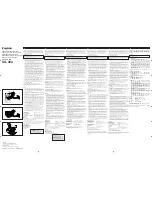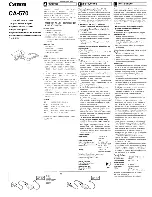
C H A P T E R
S e n d d o c u m e n t a t i o n c o m m e n t s t o m d s f e e d b a c k - d o c @ c i s c o . c o m
6-1
Cisco MDS 9000 Family CLI Configuration Guide
OL-16184-01, Cisco MDS SAN-OS Release 3.x
6
Using the CFS Infrastructure
The Cisco MDS SAN-OS software uses the Cisco Fabric Services (CFS) infrastructure to enable
efficient database distribution and to foster device flexibility. It simplifies SAN provisioning by
automatically distributing configuration information to all switches in a fabric.
Several Cisco MDS SAN-OS applications use the CFS infrastructure to maintain and distribute the
contents of a particular application’s database.
This chapter contains the following sections:
•
About CFS, page 6-1
•
Disabling CFS Distribution on a Switch, page 6-4
•
CFS Application Requirements, page 6-5
•
Enabling CFS for an Application, page 6-5
•
Locking the Fabric, page 6-6
•
Committing Changes, page 6-7
•
Discarding Changes, page 6-8
•
Saving the Configuration, page 6-8
•
Clearing a Locked Session, page 6-8
•
CFS Merge Support, page 6-8
•
CFS Distribution over IP, page 6-11
•
CFS Regions, page 6-15
•
Default Settings, page 6-17
About CFS
Many features in the Cisco MDS switches require configuration synchronization in all switches in the
fabric. Maintaining configuration synchronization across a fabric is important to maintain fabric
consistency. In the absence of a common infrastructure, such synchronization is achieved through
manual configuration at each switch in the fabric. This process is tedious and error prone.
Cisco Fabric Services (CFS) provides a common infrastructure for automatic configuration
synchronization in the fabric. It provides the transport function as well as a rich set of common services
to the applications. CFS has the ability to discover CFS capable switches in the fabric and discovering
application capabilities in all CFS capable switches.
















































